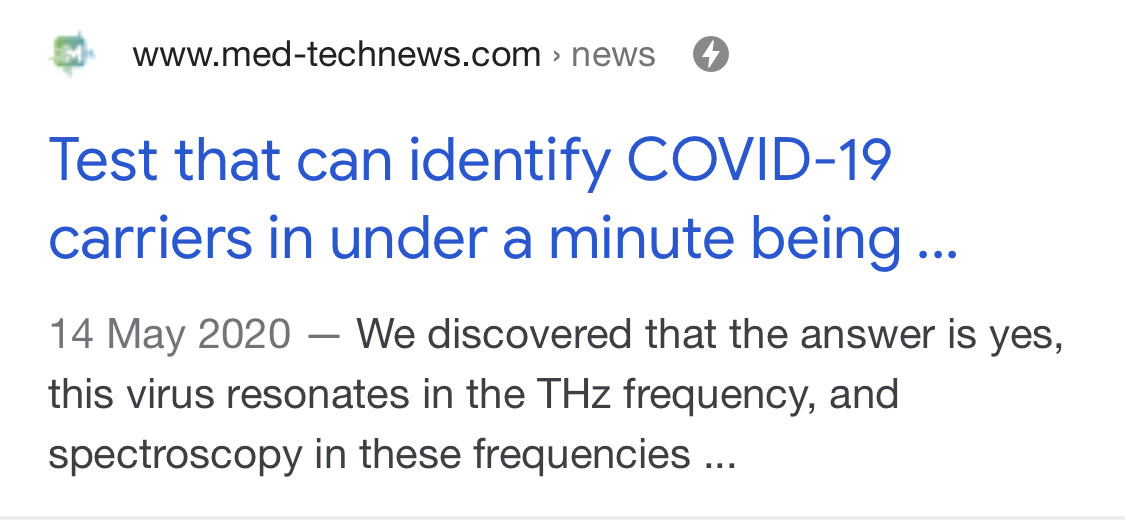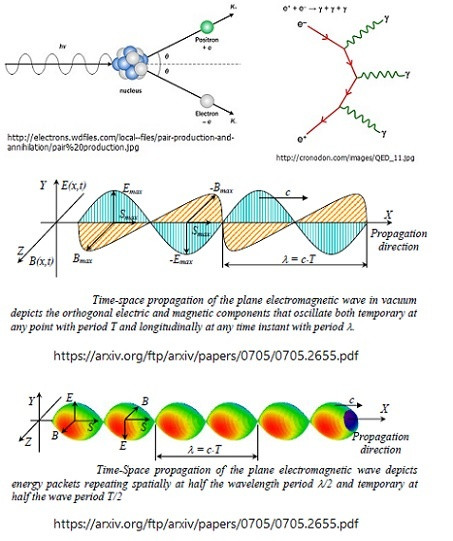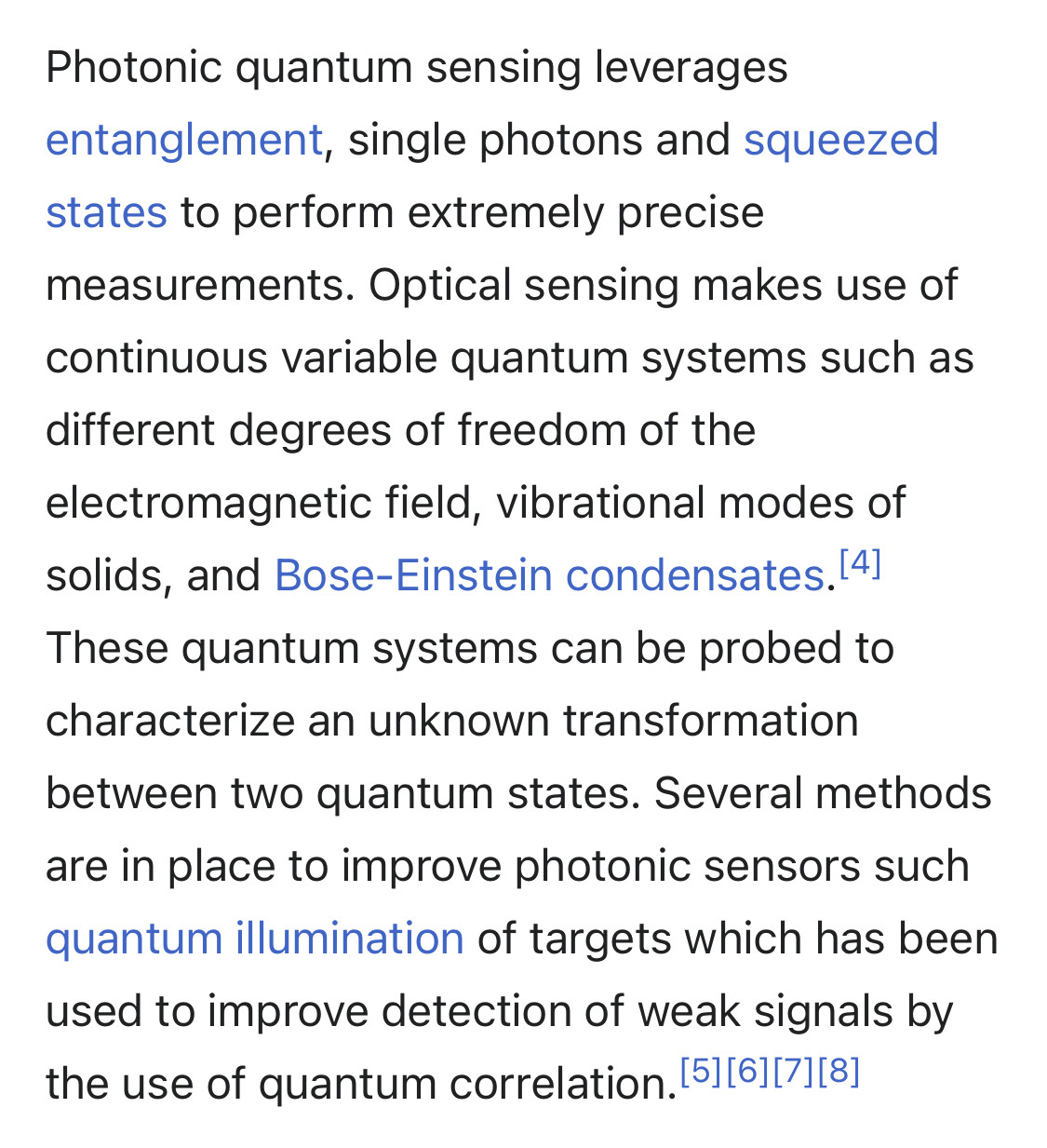This is not about me, this is about protecting the children of today and of tomorrow.
Please understand me.
God bless you all.
Red-pilled and mind-blown by Eustace Mullins books, once upon a time... One foot down the rabbithole, one foot on The High Road.
Red-pilled and mind-blown by Eustace Mullins books, once upon a time... One foot down the rabbithole, one foot on The High Road.
🙏🏻❤️🕯🕊
Intense sensitivity to sound is a common autism symptom. Loud noises may be painful. The din of a city street or a mall can be too much. When overwhelmed, people on the autistic spectrum may cover their ears to try to block out the noise.
Ultrasound examinations during pregnancy expose the fetus to a sound as loud as that made by a subway train coming into a station, say US researchers. But doctors do not think the experience causes a baby any lasting harm.
Sensitivity and noise in THz electro-optic upconversion radiometers | Scientific Reports
This paper presents a study of noise in room-temperature THz radiometers that use THz-to-optical upconversion followed by optical detection of thermal radiation. Despite some undesired upconverted thermal noise, no noise is intrinsically introduced by efficient electro-optic modulation via a sum-fre..
https://www.nature.com/articles/s41598-020-65987-xPhoton upconversion is the sequential absorption of two or more long wavelength photons leading to the emission of a photon with a shorter wavelength. The fact that the emission is at a shorter wavelength than the excitation light makes upconversion distinct from other forms of photoluminescence such as fluorescence and phosphorescence where the emission always occurs at a longer wavelength (see Stokes Shift), and upconversion luminescence is therefore also known as anti-Stokes fluorescence.
Got suspended from Twitter....looking for a new site and my friends....
Sooooo many new things I am learing about...Scalar wave...question is will I have enough time to learn all these new things before I die...I hate to go ignorant...I love learning and feel robbed by the Cabal/DS....
A knowledge gap is a discrepancy between what is known and what should be known. This can be achieved through tackling previous studies to identify what is missing in either methodology, theory and literature in general.
https://en.m.wikipedia.org/wiki/Band_gap
In photonics, band gaps or stop bands are ranges of photon frequencies where, if tunneling effects are neglected, no photons can be transmitted through a material.
A material exhibiting this behaviour is known as a photonic crystal.
The concept of hyperuniformity has broadened the range of photonic band gap materials, beyond photonic crystals.
By applying the technique in supersymmetric quantum mechanics, a new class of optical disordered materials has been suggested, which support band gaps perfectly equivalent to those of crystals or quasicrystals.
Similar physics applies to phonons in a phononic crystal.
Photonic crystals can, in principle, find uses wherever light must be manipulated. Existing applications include thin-film optics with coatings for lenses. Two-dimensional photonic-crystal fibers are used in nonlinear devices and to guide exotic wavelengths. Three-dimensional crystals may one day be used in optical computers. Three-dimensional photonic crystals could lead to more efficient photovoltaic cells as a source of power for electronics, thus cutting down the need for an electrical input for power.
Colloidal crystal
Left-handed material
Metamaterial – Materials engineered to have properties that have not yet been found in nature
Nanomaterials – Materials whose granular size lies between 1 to 100 nm
Nanotechnology – Field of applied science whose theme is the control of matter on atomic and (supra)molecular scale
Optical medium
Photonic-crystal fiber
Photonic metamaterials
Superlens
Superprism
Thin-film optics – Branch of optics that deals with very thin structured layers of different materials
Tunable metamaterials
A nanophotonic resonator or nanocavity is an optical cavity which is on the order of tens to hundreds of nanometers in size. Optical cavities are a major component of all lasers, they are responsible for providing amplification of a light source via positive feedback, a process known as amplified spontaneous emission or ASE.
Nanophotonic resonators offer inherently higher light energy confinement than ordinary cavities, which means stronger light-material interactions, and therefore lower lasing threshold provided the quality factor of the resonator is high. Nanophotonic resonators can be made with photonic crystals, silicon, diamond, or metals such as gold.
For a laser in a nanocavity, spontaneous emission (SE) from the gain medium is enhanced by the Purcell effect, equal to the quality factor or Q-factor of the cavity divided by the effective mode field volume, F = Q/Vmode. Therefore, reducing the volume of an optical cavity can dramatically increase this factor, which can have the effect of decreasing the input power threshold for lasing.
This also means that the response time of spontaneous emission from a gain medium in a nanocavity also decreases, the result being that the laser may reach lasing steady state picoseconds after it starts being pumped.
A laser formed in a nanocavity therefore may be modulated via its pump source at very high speeds. Spontaneous emission rate increases of over 70 times modern semiconductor laser devices have been demonstrated, with theoretical laser modulation speeds exceeding 100 GHz, an order of magnitude higher than modern semiconductor lasers, and higher than most digital oscilloscopes. Nanophotonic resonators have also been applied to create nanoscale filters and photonic chips
A nanolaser is a laser that has nanoscale dimensions and it refers to a micro-/nano- device which can emit light with light or electric excitation of nanowires or other nanomaterials that serve as resonators. A standard feature of nanolasers includes their light confinement on a scale approaching or suppressing the diffraction limit of light. These tiny lasers can be modulated quickly and, combined with their small footprint, this makes them ideal candidates for on-chip optical computing.
An optical computer is a computer that performs its computation with photons as opposed to the more traditional electron-based computation.





